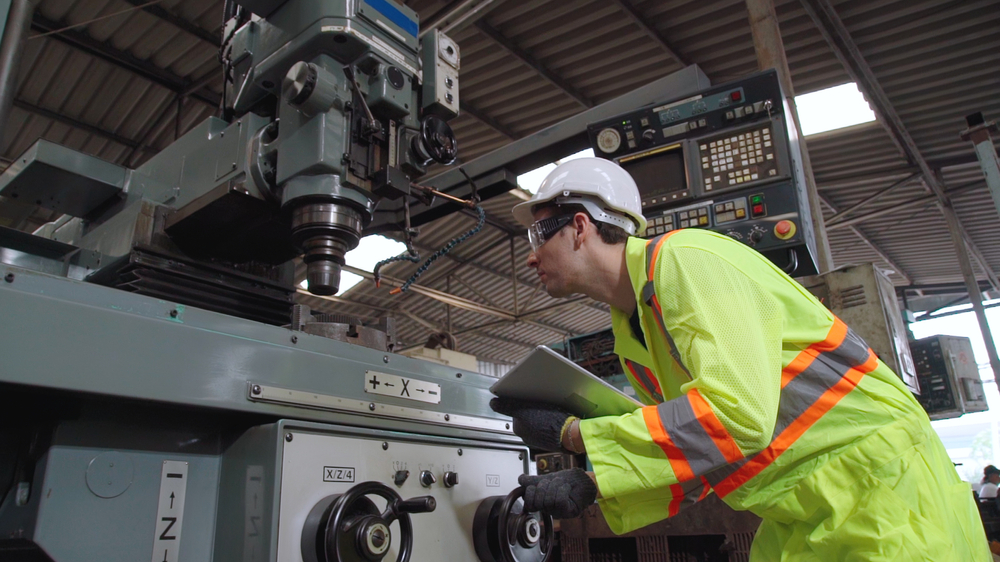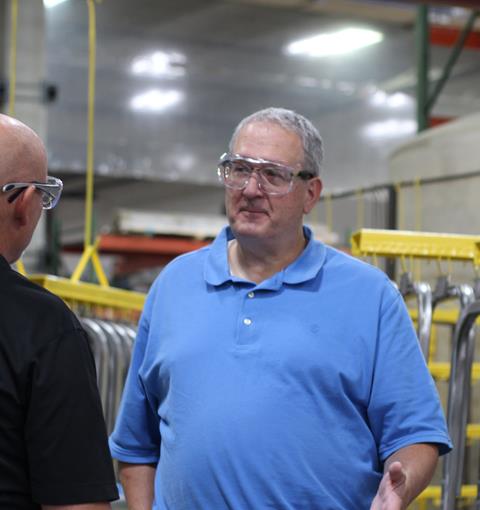It’s a running joke for many business leaders that much of what they know they learned via osmosis. By strict definition, osmosis is about molecules and membranes, but what we’re talking about is the process of gradually assimilating knowledge. In short, if you’re around something enough, you’ll eventually learn about it.
Osmosis is a clever way to discuss learning, but in truth it is a pretty slow process. This kind of passive training is easy (“I’ll have you work with Tim for a couple of weeks, and you’ll pick it up in no time”) but not nearly as effective as purposeful instruction (“We’ll have you follow a program we’ve developed for new workers”). Learning via osmosis leaves too many variables to chance. For example, Tim might be a great worker, but is he a great teacher? If not, his time with your new hires may be wasted, or even counterproductive. And what happens if Tim leaves?
Formally investing in employee training pays off. These programs leave less to chance and result in better workers than the “osmosis approach.” It’s true that effective training costs money, but so does pretty much anything that benefits your business. If you could spend a reasonable amount of resources and significantly increase your capacity, would you do it? Of course you would. Properly training your team does exactly the same thing. It’s an investment that pays off in productivity, safety and loyalty.
Best of all, you can often get help with employee training if you know where to look. Manufacturers in Minnesota, for instance, you can take advantage of the Dual-Training Pipeline Program from the Minnesota’s Department of Labor and Industry. This program works with schools like Northland Community and Technical College in East Grand Forks to offer an earn-while-you-learn approach where the employer invests in their employees by providing training in competency-based work skills.
The Dual-Training Pipeline Program is instructor-led, and it may be delivered in a classroom, onsite, online or in various combinations. Some of the occupations available for training include CNC programmer, machinist, mechatronics technician, safety technician, welder and more. There are even grants available that reimburse a portion of the cost of tuition to the employer!
With programs like this, there’s never been a better time to invest in your employees. You’ll be rewarded with improved consistency, efficiency and productivity. It’s a win-win situation that’s a lot more dependable than osmosis.
About The Author
Greg “Hal” Halliday is Anchor’s managing partner and also serves as an account manager, putting 25 years of sales and marketing experience to work for Anchor’s clients. Originally from a small town in southeast Minnesota, Hal is a graduate of the University of Minnesota, Duluth with a degree in business and an emphasis in marketing. He also serves as the president of the Highway 2 West Manufacturer’s Association.

